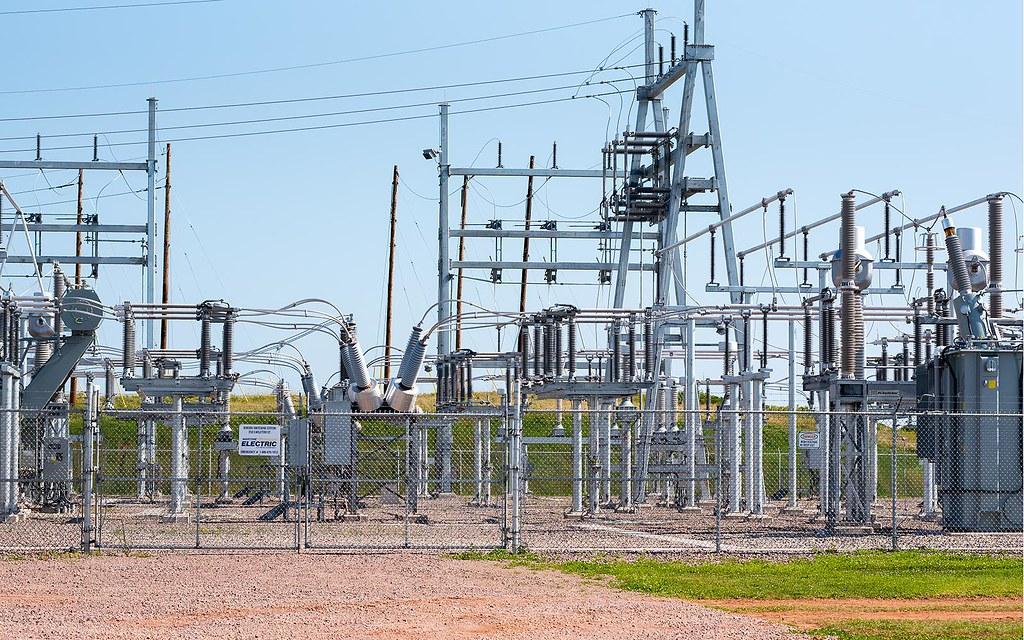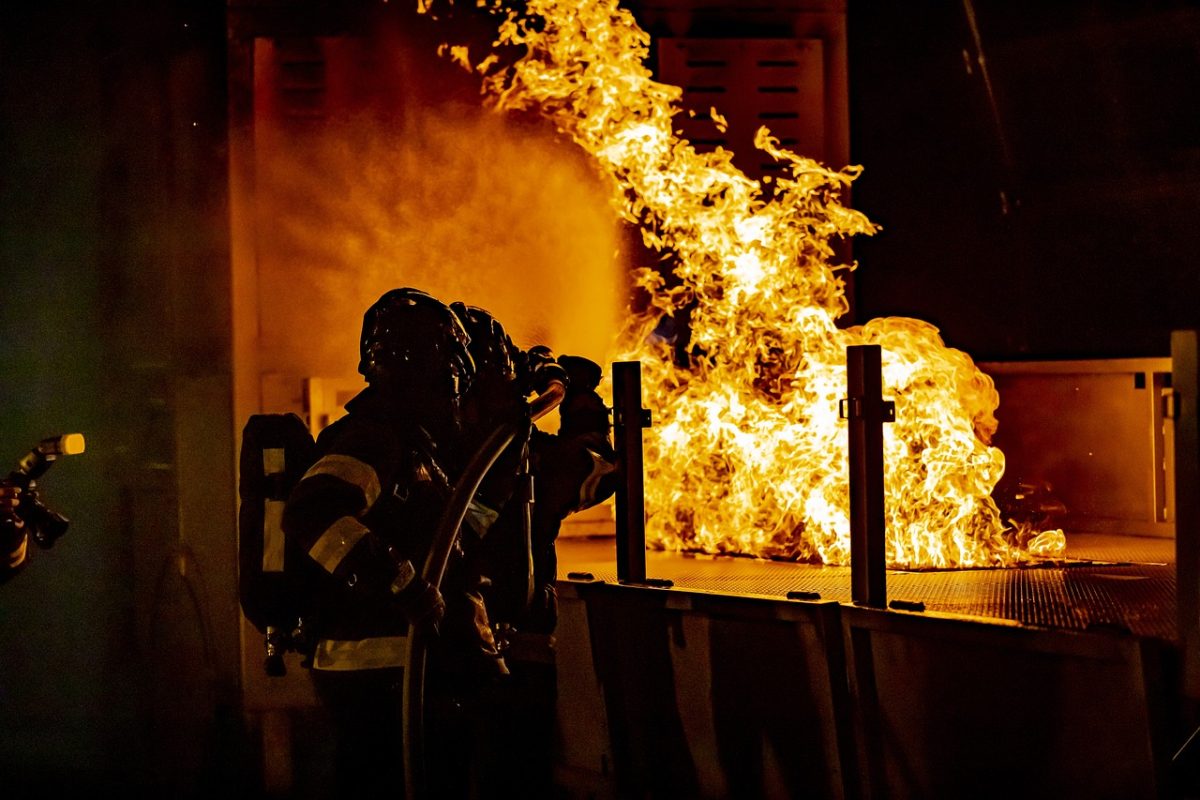By Contributing Writer Riley Kim (’24)
Recently, there has been a trend of attempted and completed attacks on U.S. power stations. The most foiled recent plan aimed to “completely destroy” Baltimore. The culprits were a Florida man, Brandon Russell, and a Maryland woman, Sarah Clendaniel. They were apparently fueled by racist extremist ideology, which the FBI declined to go into specifics about. They had planned to attack five power stations with guns, telling an informant “putting holes in transformers…is the greatest thing somebody can do.” It was because of that informant that the FBI was able to gather evidence against them and stop them before they could go through with their plan.
But just because their plan was foiled, doesn’t mean that the threat has been extinguished. In fact, for the attacks that are stopped, there are just as many attacks that succeed, such as the ones in North Carolina, Washington, and Oregon. In the past three months, at least five substations have been attacked, cutting power to tens of thousands of people. This is because most power stations are extremely vulnerable, as it is quite easy to walk close to one unless it is guarded with lots of perimeter security. Because of the increase in attacks, the FBI offered two rewards of $25,000 for information that helps lead to the convictions of those responsible for shooting and damaging two substations in Moore County and Randolph County, North Carolina. The Moore County attack caused 45,000 people to lose power, with some losing power for up to five days.
It’s not just the FBI who are making efforts to combat this growing threat – it’s legislators as well. In North Carolina, South Carolina, and Arizona, bills have been introduced that would require 24-hour security at substations or toughen penalties for damaging them. These are the most recent efforts to protect the grid since 2013, when a sniper attack occurred in California, which raised alarm throughout the industry. Though these things might help with substations that supply more populated areas, the stations for more rural areas will continue to be protected by nothing more than a chain link fence.
In 2022, there were more than 100 reported incidents involving attacks on power grids, and since then, there have been 18 publically reported attacks. This issue has been around for a while but appears to be picking up speed as more and more organizations see it as a way to sow the seeds of chaos and help spread their message. Whatever the cause, the recent attacks have shown a need for security at power substations across the country.





































